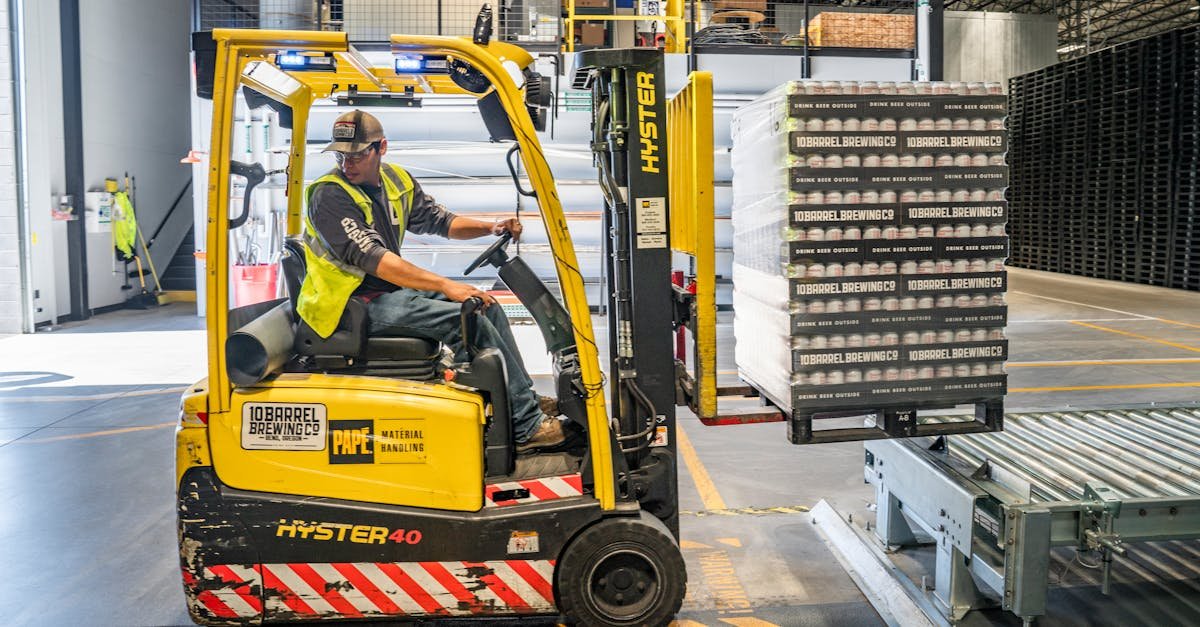Networking: The Key to Advancing in Shared Services Success
Networking: The Key to Advancing in Shared Services Success Ah, networking! (You know, sometimes it feels like that awkward first date—where you just hope to find some common ground without tripping over your words, right?) But here’s the twist—networking isn’t just about making connections. It’s this magical sauce that can supercharge your career in shared services. Seriously, imagine leveling up your knowledge while making lifelong friends—sounds dreamy, doesn’t it? Why Does Networking Matter? So, let’s get down to it. You’re in the shared services world, right? (You are! Or you wouldn’t be reading this.) Whether you’re an associate or a senior process expert, the idea is the same: the people you meet can open doors, share insights, and—wait for it—help you avoid the pitfalls. (Oh, the horror of pitfalls!) Sometimes, it’s not what you know, but who you know. (I mean, we all remember that one guy who thought he could wing it? The trouble… whoo, that was something!) By connecting with other professionals, you can find opportunities for collaboration, process optimization, and even some juicy industry secrets you won’t find in textbooks. Let’s Talk Strategy—Networking Like a Pro Step one: Get out there. Online or in-person? Doesn’t really matter. Attend conferences, webinars, or local meetups where your fellow process experts gather. (Pro tip: Bring snacks. Everybody loves snacks.) Each conversation is a small thread in a larger tapestry. Consider joining communities on platforms like LinkedIn. (I mean, really, that’s like bringing the party right to your desktop!) Share insights, comment on posts, and engage with others in your field. Before you know it, you’ll start to see some familiar faces pop up here and there. Ever thought about hosting a “knowledge exchange”? Picture it like a potluck, but instead of casseroles, everyone brings ideas. The best part? A little brainstorming can make the impossible possible. Don’t overlook the power of mentorship! (Folks, this is key!) Find someone who’s been there, done that. Their experiences can be invaluable. Plus, the stories—oh, the stories from the trenches of shared services transformation! Building Genuine Relationships Now, here’s a side note—don’t just collect business cards like they’re Pokémon cards. (I mean, what’s the point, right?) Build authentic relationships. Ask questions. Share your experiences. It’s kind of like turning a casual chat at the water cooler into a meaningful dialogue. Think about it: Have you ever gone to an event, felt lost trying to start a conversation, and suddenly found yourself deep in a discussion about favorite pizza toppings? (Too relatable, maybe?) That’s how networking should feel—not forced, just… you being you. Let it flow. Maintaining Your Network Alright, you’ve made connections! High fives all around! Now what? Here’s where it gets interesting—maintaining those relationships is where the magic happens. Follow up! A simple “Hey, great chatting!” can pave the way for future conversations. And who doesn’t love a follower? Keep the lines of communication open. (Just like we keep that group chat alive.) If you learn something nifty about shared services, share it! And don’t be shy about checking in now and then. People love hearing from you. Also, be helpful! If someone reaches out for assistance, lend a hand. You’ll be surprised how much goodwill you create. In Conclusion—A Hint of Humor So, here’s the kicker: Networking isn’t just a task on your to-do list. It’s a journey—a quirky, sometimes messy adventure filled with laughter, learning, and, oh, the occasional misstep (remember that time you thought somebody was someone else? Awkward!). As you navigate the waters of process optimization and operational success, keep your net open and buoyant. And remember, each connection can lead you to the next big thing in your shared services career. So go ahead, dive in, and start splashing around! Happy networking! (With extra snacks, of course.)
Networking: The Key to Advancing in Shared Services Success Read More »









